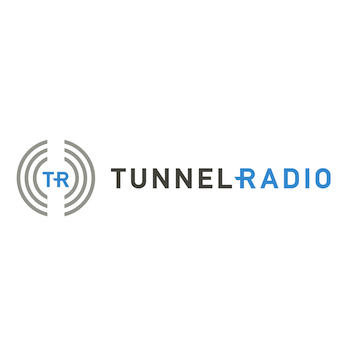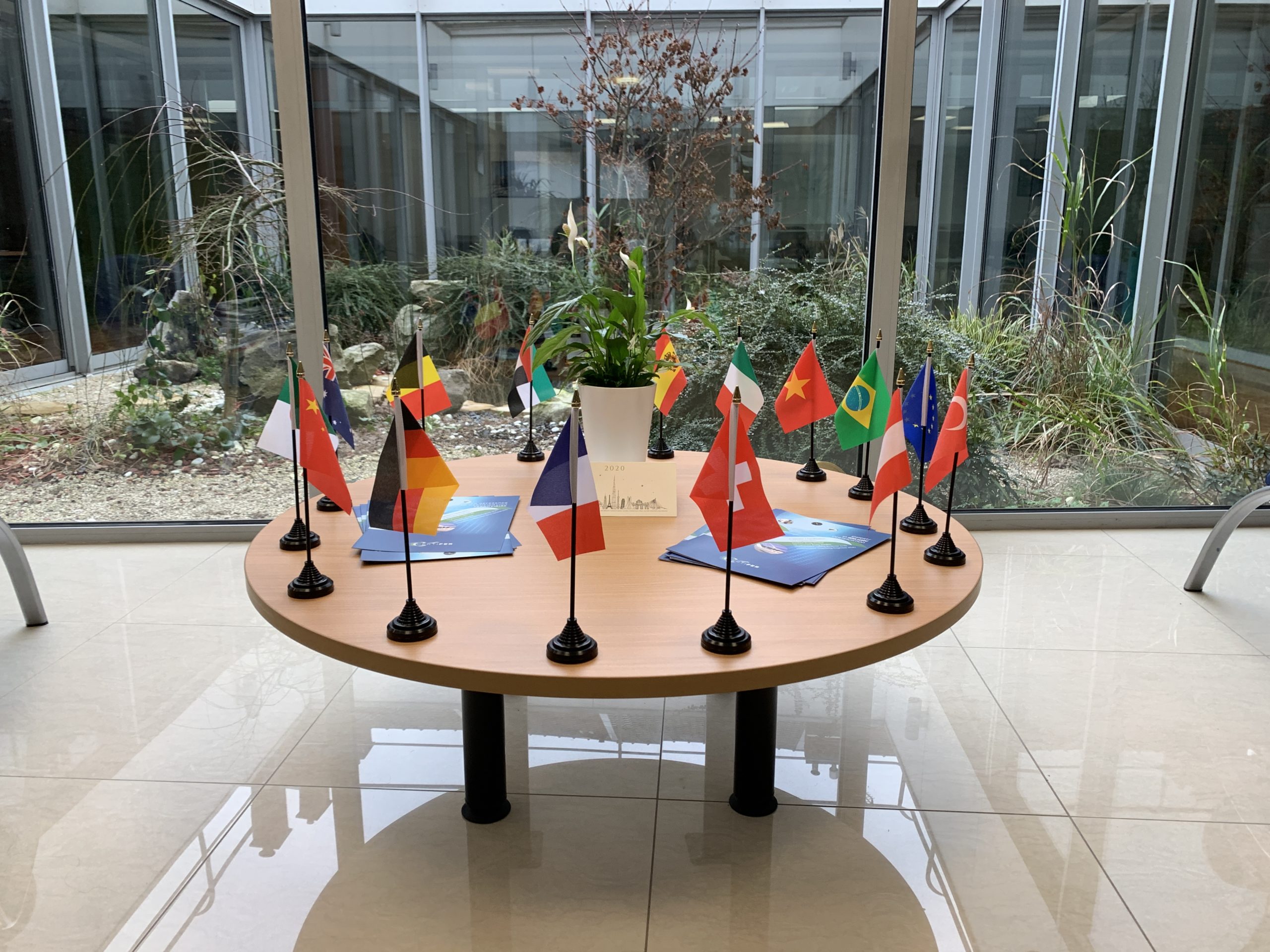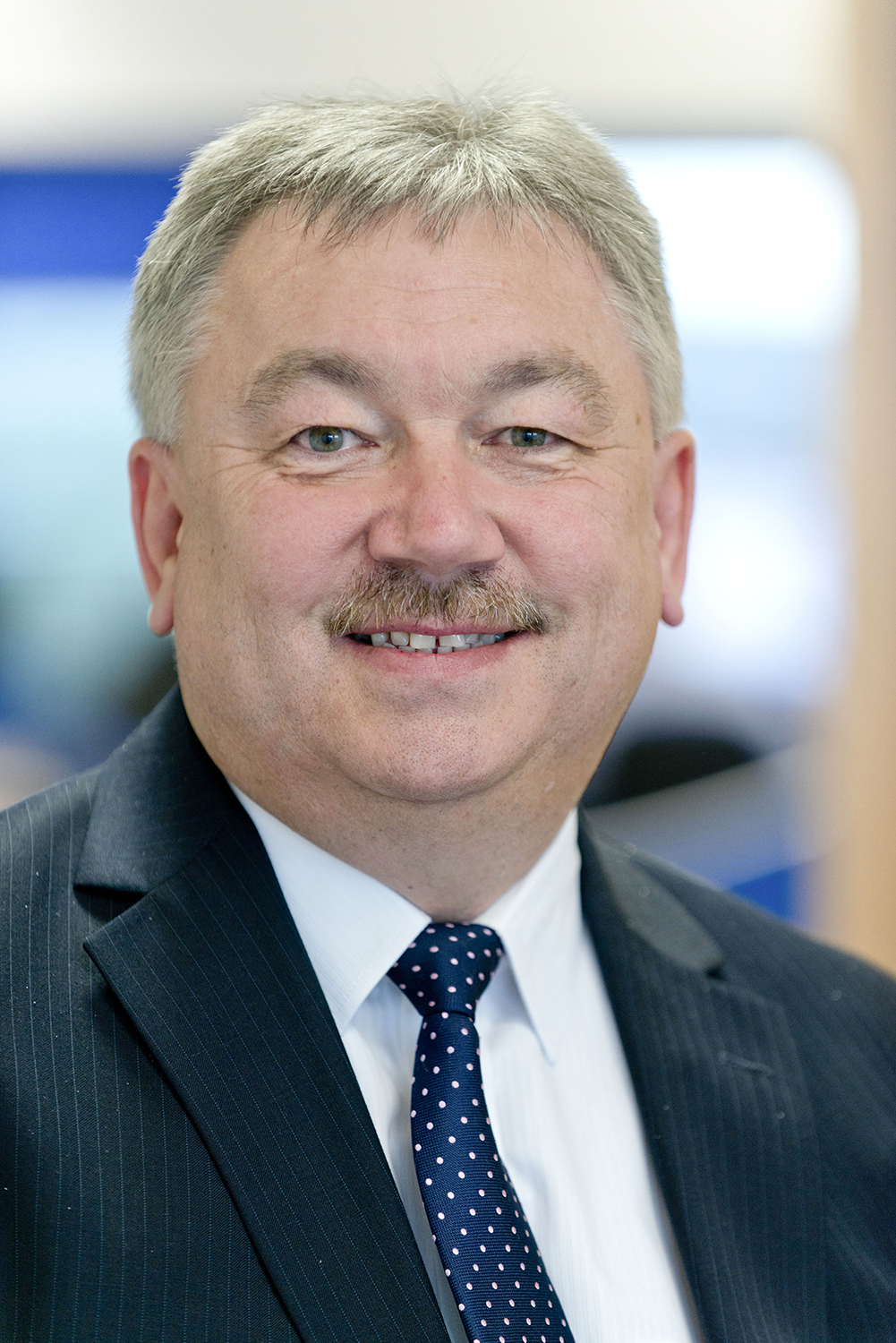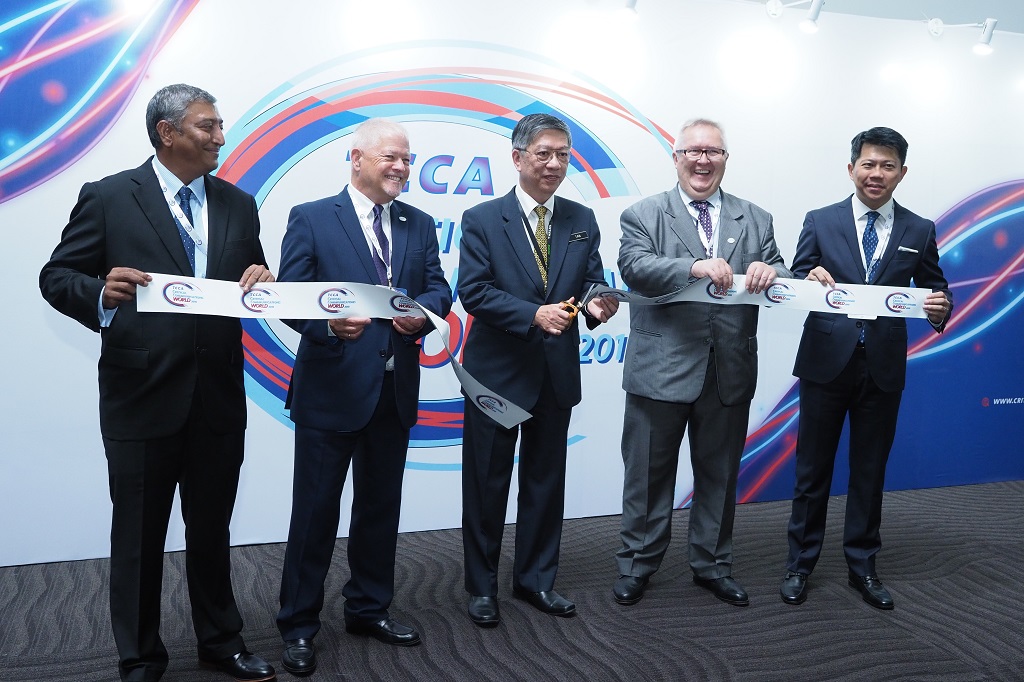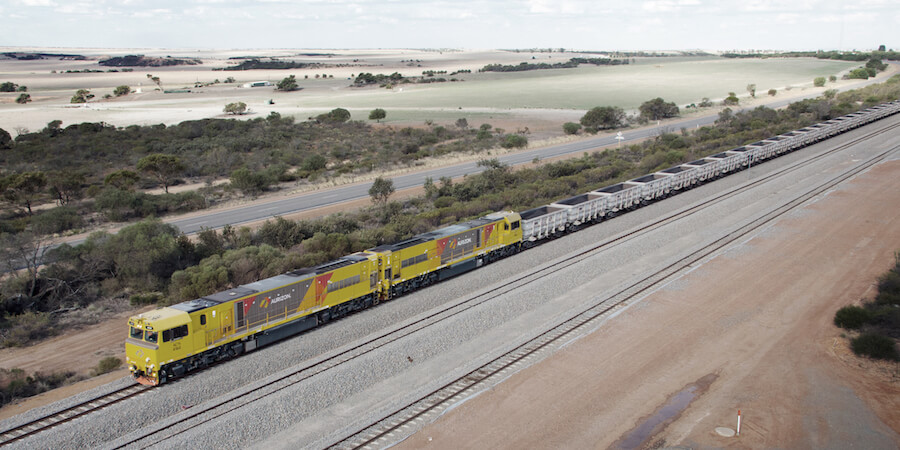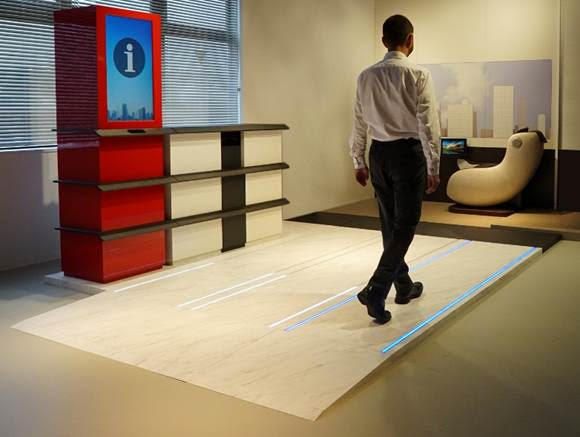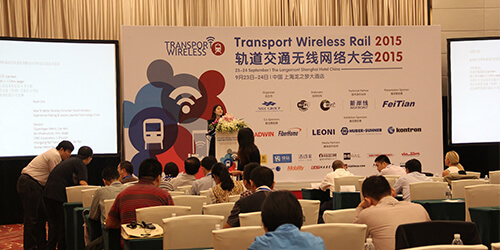It was 1993 when Mark Rose, Founder of Tunnel Radio of America, got the call that dramatically changed the trajectory of his company’s growth.
In the five years since its founding, Tunnel Radio had been working with mining operations, installing the wireless systems Rose and a partner had developed to ensure uninterrupted communications between teams above and below ground. But now a railroad was calling, looking for help achieving the same uninterrupted communication, this time between both ends of a train as it passed through a long tunnel. Before starting Tunnel Radio, Rose had been a helicopter pilot in charge of a fleet of bush pilots delivering supplies to teams working on the Alaskan oil pipeline.
Rose’s son, Scott, now CEO of the company his father founded, said:He was always highly concerned about the maintenance of his helicopters because he wanted to make sure all those pilots got home safely
It was that concern for safety that piqued the elder Rose’s interest when he met Bob Haining, who had been working in Alaska trying to solve the critical problem of how to keep communication flowing in an underground mine. Haining had begun work on an amplifier and head amp that showed promise to that end, and enlisted the help of Rose, who, in addition to piloting, owned a Motorola radio shop.
Together they developed and installed in the Greens Creek mine near Juneau the first reliable VHF radio system in the United States. Five years later came the call from the railroad facing the same communications challenges through tunnels that mining operations had experienced underground.
Scott Rose said:There was a tunnel up in Alaska that was just long enough that the head of a train could not communicate with the end of a train, so without the ability to communicate, both engines couldn’t work in tandem. One might be speeding up while the other was braking, so they could be working against each other, causing all kinds of inefficiencies.
As it happened, Mark Rose had designed an amplifier and head system capable of extending radio signals generated by distributed power data equipment. The system allowed a signal to carry through the length of a tunnel, maintaining communication between both ends of the train for the entire length. Almost over night, Tunnel Radio was in the railroad business, installing its first tunnel system in 1994. Soon it was equipping the 7- mile Flathead Tunnel in Montana, then, in Washington state, the Cascade Tunnel, at the time one of the longest tunnels in the United States.
Scott, who had started working doing various odd jobs in his father’s company when he was only 13, said:Pretty soon we were working with all four of the major Class I railroads in the U.S.
By the time Tunnel Radio’s railroad clients started calling again a few years ago, Scott was leading the company. This time former clients were looking for help satisfying the requirements of the federal Positive Tunnel Control legislation. Once again, Tunnel Radio had the technology and was able to meet its railway partners’ needs. More than a quarter century after its founding, Tunnel Radio has installed more than 500 miles of rail tunnel wireless systems, providing clear, continuous coverage and keeping railroads (as well as mining, oil and gas and other operations) safely communicating with their people.

